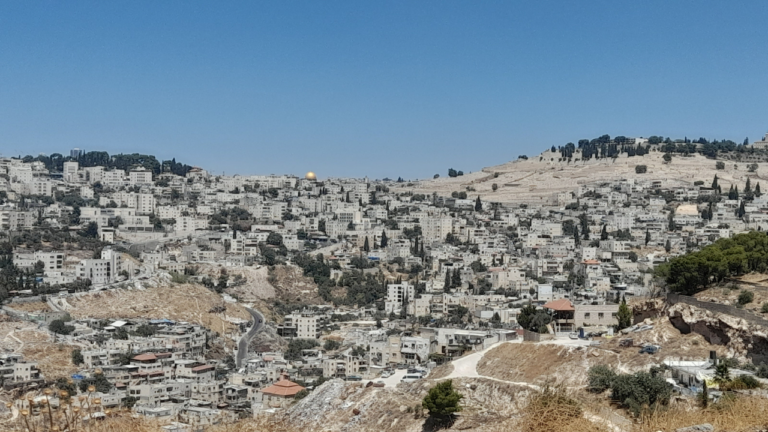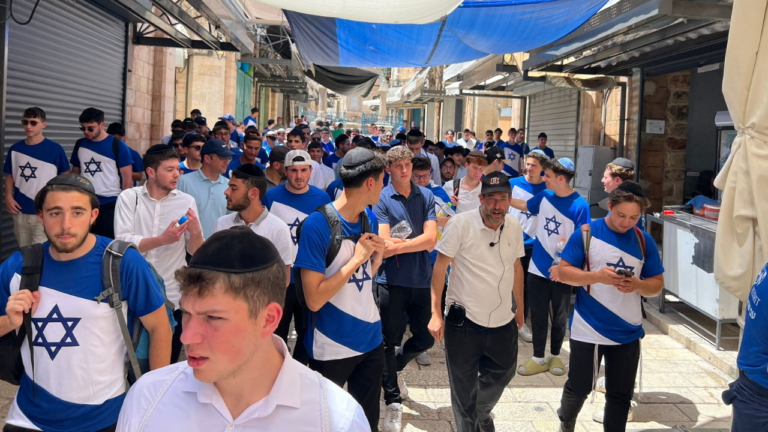Full Person Remembering
This week we will God willing fulfill the mitzvah of remembering Amalek. The source of this mitzvah is the verse: “Remember what Amalek did to you on your journey, after you left Egypt.” Intuitively, one would think that memory is a cognitive function and this mitzvah can be fulfilled through concentrating one’s thoughts on the actions of Amalek. Rambam, however, codifies a statement of the Midrash that the mitzvah contains both cognitive and verbal elements:
It is also a positive commandment to constantly remember their evil deeds and their ambush of Israel to arouse our hatred of them, as ibid.:17 states: ‘Remember what Amalek did to you.’ The Oral Tradition teaches: …Remember’ – with your mouths; …Do not forget’ – in your hearts.’ For it is forbidden to forget our hatred and enmity for them.
It seems that the Torah asserts that speech and thoughts are mutually reaffirming methods of commemorating an event and keeping it alive within ourselves. Thoughts are personal and ephemeral. They cannot create a communal memory and even on the individual level it is often difficult to garner the necessary concentration and focus. Speech without concentration is also weak. True remembering requires both faculties together.
We find similar points regarding Yerushalayim. During our current exilic state, the Sages wanted us to “remember” Yerushalayim using all of our faculties: cognitive, speech and behavioral, wanting to strengthen this memory by making sure every aspect of the person was involved in creating these memories.
On the level of cognition, we find that there are behaviors that we do not engage in today due to the sadness over the destruction of the Beit HaMikdash. For example, the Talmud teaches that certain tiara’s that brides used to use are forbidden after the destruction. Here, the memory is created by being passive – it is the refraining from a certain activity that causes us to think about the Beit HaMikdash.
On another level, we also talk about the Beit HaMikdash and Yerushalayim in its glory day. The prayers that we recite that describe the services of the Beit HaMikdash and life in Yerushalayim should be seen as verbal creators of memory. This is particularly true on days that used to revolve around the Beit HaMikdash, when the central prayers of the day are descriptions of what occurred in the Beit HaMikdash.
On the next level, the Sages created rabbinic enactments to behave in a way as if the Beit HaMikdash was still standing. For example, we shake Lulav and Etrog all days of Sukkot, a practice that was limited to the Beit HaMikdash when it was standing.
When the Torah wants us to keep the memory of something alive, it tells us to throw ourselves into it. Cognitions are not enough on their own. Speech is not enough on its own. Behaviors are not enough on their own. The memory of Yerushalayim must be kept alive through the efforts of the entire person.



